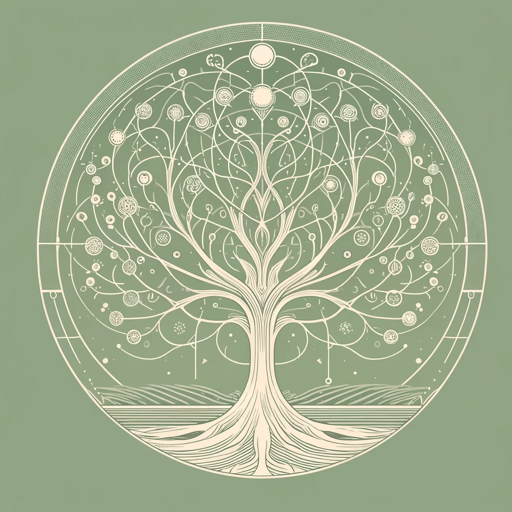86 pages • 2 hours read
Edith HamiltonMythology: Timeless Tales of Gods and Heroes
Nonfiction | Book | Adult | Published in 1942A modern alternative to SparkNotes and CliffsNotes, SuperSummary offers high-quality Study Guides with detailed chapter summaries and analysis of major themes, characters, and more.
Preface and IntroductionChapter Summaries & Analyses
Preface Summary
Content Warning: This book includes descriptions of sexual violence, family violence, bigoted language, suicidal ideation, incest, kidnapping, and death.
In the Preface, Hamilton introduces her approach to retelling ancient myths, noting that the stories of Mythology were told across 1,200 years by very different writers (xi). Some, e.g., Hesiod (of the eighth or seventh century BC), were “simple,” “naive,” “childish,” “crude,” and pious (xi-xii). Others, e.g., Ovid (of the first century), were “subtle, polished, artificial, self-conscious,” and skeptical (xii). Thus, from the outset, she “dismisse[d] any idea of unifying the tales” (xi). Her goal was to differentiate for readers “the very different writers from whom our knowledge of the myths comes,” so readers unfamiliar with the classics would derive not only “knowledge of the myths” but insight into the writers “who told them” (xii).
Introduction Summary: “Introduction to Classical Mythology”
Hamilton begins by addressing what she believes to be a popular misconception about mythology, which is that it portrays how people thought and felt in a time before “civilization” separated humans from nature. Rather than being the idyllic world imagined by poets, however, pre-civilized humans lacked reason and so dealt with fear and the unknown with magical rites and human sacrifices.


